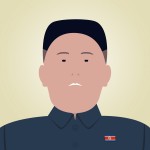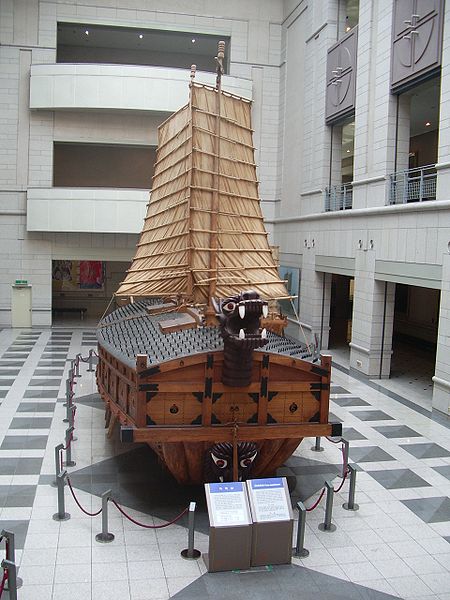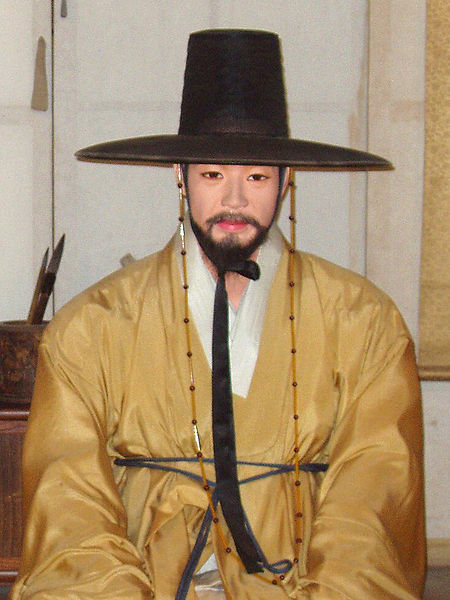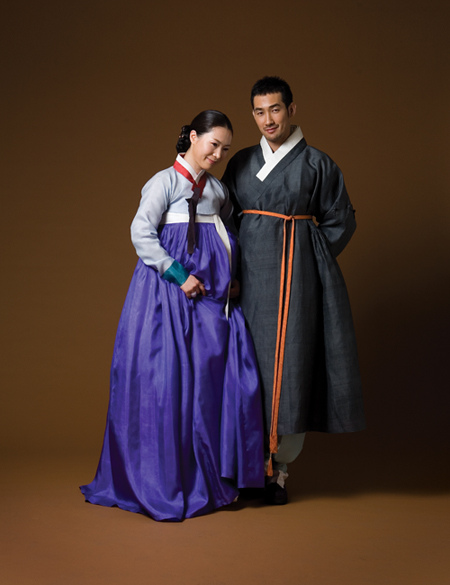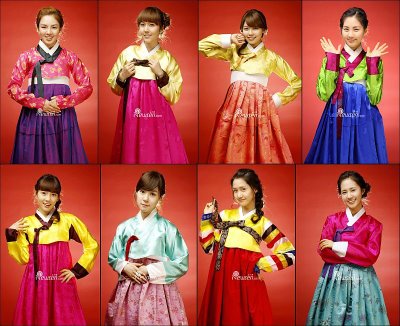The flag of South Korea, or Taegeukgi (also spelled Taegukgi in convention) has three parts: a white background, a red and blue taegeuk (also known as Taiji and Yinyang) in the center, and four black trigrams, one in each corner of the flag. These trigrams are carried over from the eight trigrams (Ba gua), which are of Daoist origin. Taiji, trigrams, and Taoism, which originated in China, are parts of the Korean Culture.

Left: "Flag of Korea" in the Japanese newspaper "Jiji Shimpo" published on 2 October 1882. Center: "Empire of the Great Qing's tributary state: Flag of Goryeo" listed in the Qing diplomatic book Tōngshāng Zhāngchéng Chéng'àn Huìbiān (通商章程成案彙編), edited by Li Hongzhang, in March 1883. Right: "Figure of Taijitu Ba gua" a collection of the Seoul University's Kyujanggak

The earliest surviving depiction of the flag was printed in a U.S. Navy book Flags of Maritime Nations in July 1882
The flag was designed by King Gojong or Pak Yeong-hyo in 1882 by the deletion of four of these trigrams, and Taegeukgi was adopted as the national flag of Joseon Dynasty on March 6, 1883.
After independence, both North and South Korea adopted versions of the Taegeukgi, but North Korea changed its national flag to a more Soviet-inspired design after three years.
The Constituent Assembly of the Republic of Korea (South Korea) adopted the Taegeukgi as the national flag on July 12, 1948. After the establishment of the government of the Republic of Korea, “The Rules for the Flag of the Republic of Korea” were first enacted.
The white background symbolizes “cleanliness of the people”. The Taegeuk represents the origin of all things in the universe, holding the two principles of yin and yang in perfect balance—the former being the negative aspect rendered in blue, and the latter as the positive aspect rendered in red. Together, they represent a continuous movement within infinity, the two merging as one.[citation needed][clarification needed]
The four trigrams are described in this table:

Source Wikipedia: http://en.wikipedia.org/wiki/Flag_of_South_Korea








